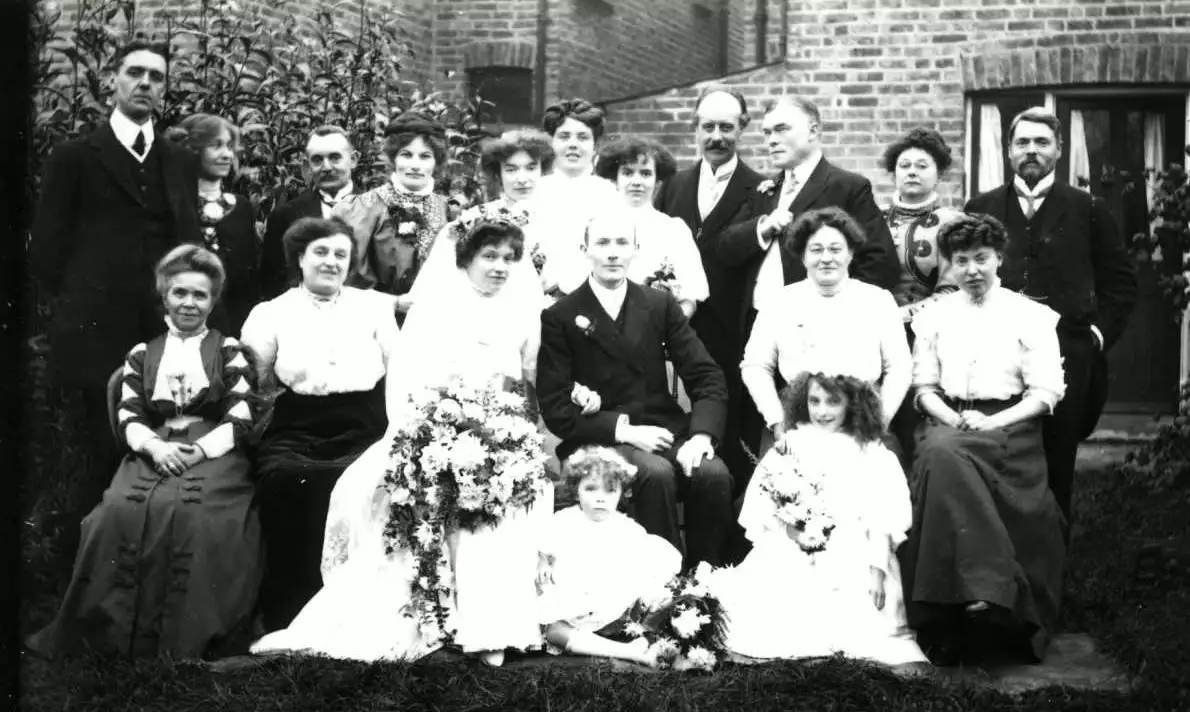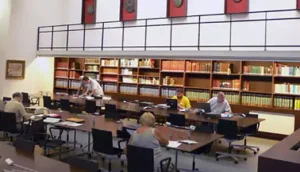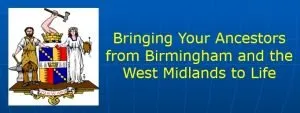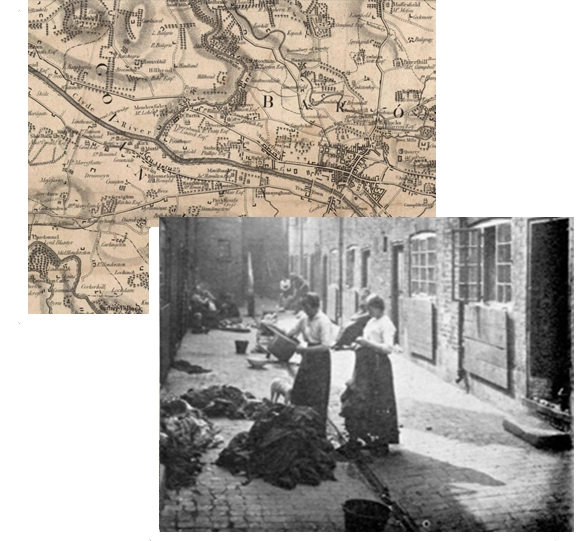After your free consultation, and your ‘go ahead’, our ancestry tracing services start by looking at the records of births, marriages, deaths, and censuses. This is to trace your family and ancestry back in time, find out who they were, who their parents were, and so on. It’s like building a skeleton framework to which we can add the flesh that brings your ancestors to life. This information can include who their family were, what occupations they had, where they lived and many other aspects of their lives. We expect to get back at least 200 years in most cases, unless there are complications.
We talk about having a sixth sense that guides us in what to look for and where to look. It’s like a jigsaw where, as we build the framework, things gradually come to light, including ones that we will want to pursue further. Did they stay in the same place or did they migrate? What sort of work did they do? Were they affected by what happened in their local area, by the Industrial Revolution or other events?
We have prepared a video walkthrough below to help explain what’s involved:











